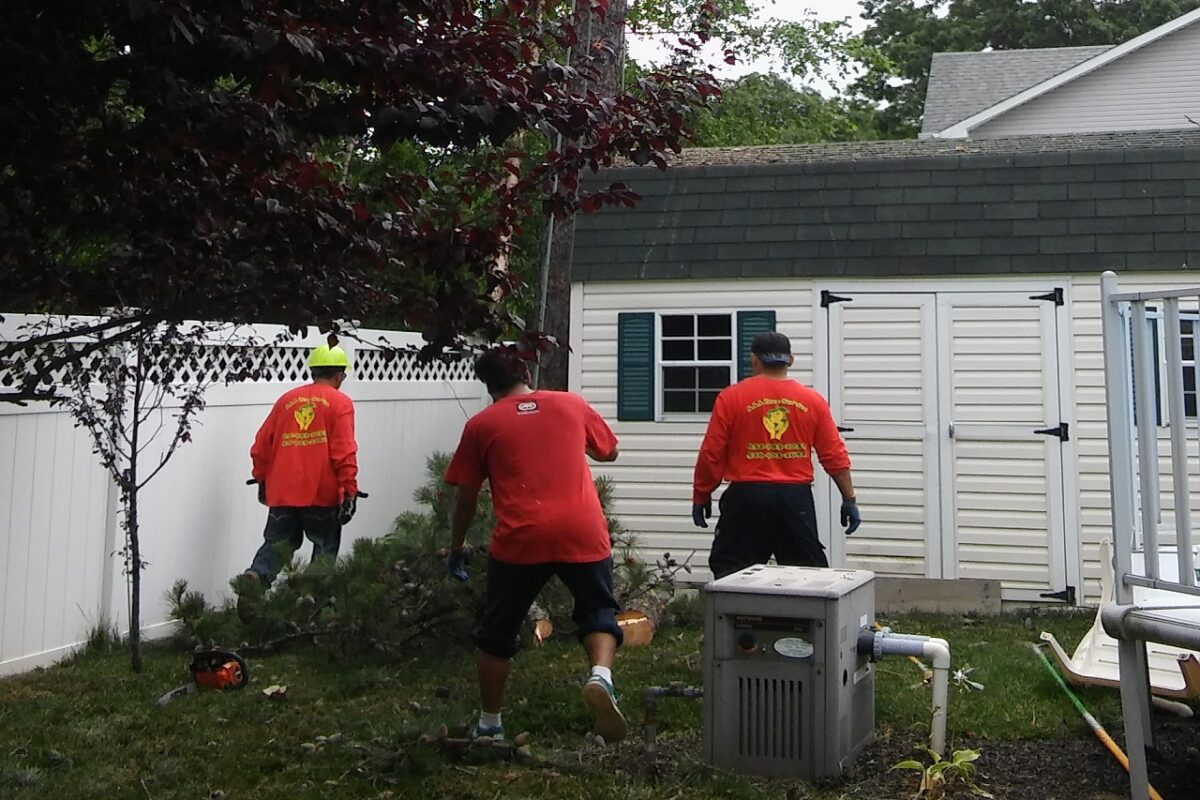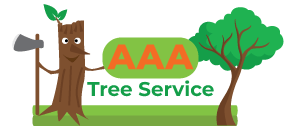How Deal whit Fallen Leaves In Your Yard

Fall is a beautiful time of year for landscape gardens and lawns, but leaves on the ground can be a pain to deal with. Some experts recommend leaving the leaves alone, saying that this is better for your lawn and the environment. Fortunately, there are several options for dealing with fallen leaves.
Mulching
Mulching fallen leaves in your yard is a great way to improve your lawn and garden. The leaves are a natural fertilizer that can help improve the quality of your soil. You can use the mulch to cover your flower beds, vegetable patch, or compost pile. It’s a great way to reduce the amount of work needed to maintain your lawn and garden.
Putting a layer of leaves on your lawn will not only make raking much easier, but it will also improve the quality of your soil. Mulch-covered leaves can also help curb weed seed germination. Some types of leaves, such as maple leaves and honey locust leaves, are particularly rich in nitrogen, which helps plants grow. Mulch-covered leaves are also environmentally friendly, preventing the need for a landfill.
When mulching fallen leaves in your yard, you can use a lawn mower with a bag attachment. You can then spread the mulched leaves around your vegetable or landscape beds. Alternatively, you can collect the shredded leaves and store them in a bag for later use. Mulching fallen leaves in your yard will not only improve the aesthetics of your yard, it will also help your lawn get the maximum benefits from your fall lawn care.
The best time for mulching fallen leaves in your yard is shortly after they fall to avoid pileups. This will prevent the leaves from killing your grass. The mulched leaves will decompose faster and provide nutrients to your lawn. However, if you plan to mulch your yard, be sure to mow it regularly. This will make the job easier and less time-consuming.
Composting
Fallen leaves can make great compost. The process of composting leaves is a great way to get the most out of their nutrition. If you want to speed up the composting process, shredding the leaves is a great way to get started. You can also borrow a leaf shredder from a neighbor if you don’t have one.
Leaves have a high carbon content and low nitrogen content, making them a good carbon source for compost. However, shredded leaves tend to form a mat and slow decomposition, which are detrimental to the process. They also contain varying amounts of lignin, which is a substance that resists decomposition. As a result, it may take up to a year for a pile of leaves to break down.
Fall leaves are an excellent source of nutrients for gardens. However, improper use can deplete the soil of nitrogen, making it more difficult for plants to grow. This is especially true for vegetable gardens. Learn more about the process of composting fallen leaves in your yard. While you may be tempted to simply bag them and toss them in the trash, this is not the best idea.
When it comes to composting fallen leaves, there are two primary options: a compost pile or a mulch pile. The compost pile will improve the structure of the soil and add fertility. The leaves can be left whole or shredded to help them break down more quickly. If you are unable to compost the entire leaves, you can shred them first and then add them to your compost pile.
Composting fallen leaves in your yard is a great way to use the natural beauty of fall leaves in your yard. There are a few steps you should follow to make the process as efficient and environmentally-friendly as possible. Make sure that you use the right bit for the job. The size of your bin is also important, as a larger bin will restrict the amount of oxygen and slow down the decomposition process.
Leaf cycling
Fall leaves can be a valuable source of organic matter and can be used in your yard to fertilize your soil. The problem is that these leaves are typically discarded into plastic garbage bags, where they end up in landfills. Leafcycling is a simple way to recycle fallen leaves and return them to the soil. Fall leaves are a rich source of carbon and nitrogen, and are a great source of free nutrients for your yard.
Leaves are also a great source of compost. You can add them to your compost pile, which will provide valuable nutrients to your garden soil. Additionally, you can take the leaves to your local dump, which will often have a compost section. By incorporating these natural solutions into your landscape design, you can save money and help the environment.
Fall leaves contain high amounts of phosphorus and nitrogen, which can harm aquatic life, so it is vital to properly manage them. Decomposing leaves can lead to an imbalance in water chemistry, leading to excess algae growth. This is why the American Horticultural Society recommends that you avoid blowing away fallen leaves, which can blast away the top layer of soil and destroy the habitat of beneficial garden insects.
Fall foliage is a great time of year because trees and shrubs begin to change colors. The foliage looks beautiful, but it can be a hassle to deal with. As you can imagine, leaves don’t seem like much when they’re on a tree, but when they fall to the ground they can pile up quickly.
Fallen leaves are not only a source of oxygen for wildlife, but they are also great for your lawn. If you leave them on your lawn, they will decompose into a natural fertilizer in the spring. Just be sure to spread them out evenly across your yard so that they don’t choke your grass. When you’re finished, you can simply put them in the brown bin.
Using a tarp to transport dead leaves
Using a tarp to transport the dead leaves in your yard can be a great way to make yard work a lot easier. You can place the tarp over the pile and hold it down with a large, heavy object to make it more stable. Once the tarp is secure, you can easily carry it to the garbage or the nearby woods to dispose of the leaves.
The tarp will make it much easier to haul away the dead leaves and other debris from your yard. It also will prevent the waste from getting wet and moldy. In addition, poly tarps are lighter than many other tarps, so they won’t be too heavy to transport.
A medium-sized tarp with grommets is a great choice. They are durable and won’t tear. You can also use them for other yard debris. If you have a large yard with many trees, a 10′ x 20′ tarp would be ideal.
Before raking the leaves, lay out the tarp flat on the ground near the piles of leaves. Place heavy objects on the tarp’s corners to keep it in place while you rake. After the leaves are in a large pile, you can start filling the tarp towards the center. If you have children, have them help you with the raking. You can also use oven gloves or salad tongs to help hold the tarp flat. Remember that you’ll need to fold the tarp when you’re ready to transport it.
Pollution caused by blowing leaves into the street
There is a growing movement to ban the use of leaf blowers in public spaces. Leaf blowers are loud, noisy, and produce harmful pollution. The California Air Resources Board has launched research into the health effects of leaf blowers, and in October, Assemblymember Marc Berman proposed A.B. 1346 reduce smog from leaf blowers.
Leaf blowers collect leaves and blow them into the street. This causes a problem because the leaves end up clogging storm water drains, causing flooding in the street and even backing up into homes. There are a number of alternatives to blowing leaves into the street, including recycling or composting them. Another option is to rake leaves to the curb or edge of the street, which will prevent them from clogging storm water drains.
